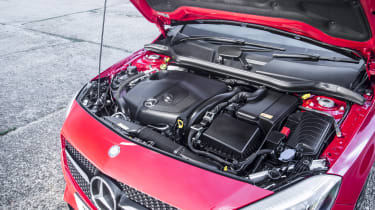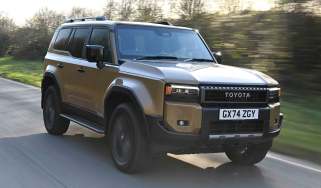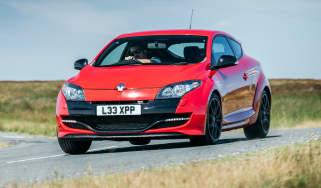Mercedes-Benz A-class (2012-2018) review – engine and gearbox
A conventional hatch now, the A-class fights hard in the premium hatchback class
The engine line-up looks relatively simple to follow, there being A160, A180, A200, A220 and A250s on offer. The A160 is petrol-only, while those A180s come in both petrol and diesel guises. The same is true of the A200, while the A220 is a diesel only and the A250 stops only at the green pump.
Those model numbers have little in common with the capacity of the engines they’re powered by. Closest is the A160 which does indeed use a 1.6-litre engine, but the diesel A180d has a 1.5-litre unit, the A180 a more potent petrol 1.6, the A200d a 2.1-litre diesel and the A200 features the 1.6-litre from the A160 and A180, tuned for yet more power.
Still following? The A220d features that 2.1-litre diesel unit again, and the A250 boasts two litres of swept capacity. All are four-cylinder engines. Blame, or thank, turbocharging for the badging anomalies, as every engine in the A-Class features forced induction. Outputs range from a modest 101bhp in the A160 to a more pleasing 215bhp in the A250.
A six-speed manual gearbox is standard in all cars, with Mercedes-Benz offering the option of its seven-speed DCT twin-clutch automatic. It’s a fine choice, especially given the rather vague springiness of that six-speed manual. It benefits not just performance against the clock, but fuel economy, too.
It’s a smooth transmission so long as you don’t try to hurry it, where it can get a bit flustered. Fiddle with the optional modes and it’s less satisfying. The Eco setting is so desperate to eke out every possible bit of efficiency it feels extremely slow to react; Sport on the other hand is way too enthusiastic to hold onto revs.




